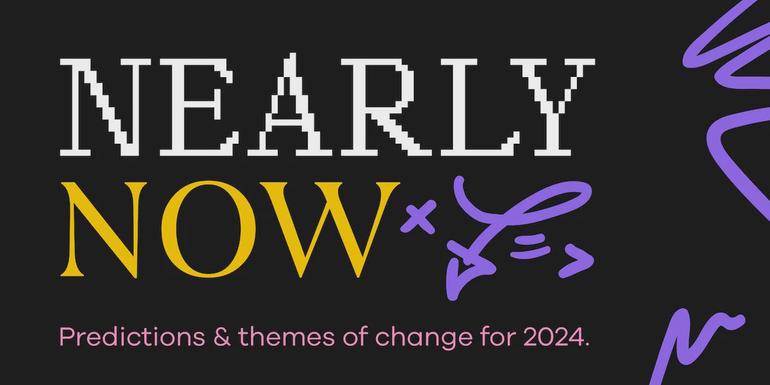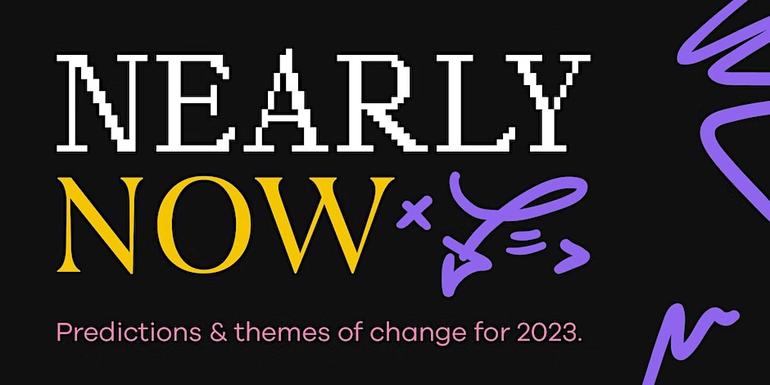
Why Innovation Success Comes From Your Current Team—Part 2: Discovery
Great things happen when you combine new insight into the people you serve with the perspective of experienced teams.
In Part 1 of this four-part series, we discussed how a focus on finding new, ‘more innovative’ talent is one of the major barriers for organizations looking to create sustainable innovation. That’s because the important part isn’t talent. It’s process: consistently nurturing an approach to innovation that gives teams the skills and permission they need to realize new possibilities. With the right objectives and best practices in place, each step has a clear ‘home team’ advantage.
Despite variations across vendors and experts, the key steps of any innovation process fit into the four stages we’re exploring through this series. Up for discussion today? The second stage, Discovery.
The 4 core stages of an innovation process.
- Problem Framing (Part 1): Clarifying the root challenge driving you to innovate.
- Discovery (this post): Understanding what matters to the people you aim to serve.
- Ideation (Part 3): Conceiving new opportunities that are highly valuable, yet executable.
- Realization (Part 4): Bringing a concept to life, offering it to the public, then improving it.
Stage Two: Discovery
Discovery is about using research to understand the people your offering aims to be valuable to, and gain insight into their realities. Whether you use quantitative or qualitative methods, it is important that your research approach is designed to challenge your assumptions and models about what matters to these people, and about what they need from you.
This means bringing your team out of the worldview you normally hold, based on your day-to-day reality, and into that of the people you aim to serve. What are their unmet needs? Where are some of the difficulties they face? How do you and your offering fit into the broader context of their day, their lives, and what is important to them within it?
Your organization’s understanding of “our customers” is almost always limited by seeing people only as customers: as they exist in relation to you, and to what you offer, instead of who they are in and of themselves.
This type of research is especially critical for making the most of an organization’s existing expertise. We often hear organizations say “we have a very good understanding of what our customers want.” And why wouldn’t they? They spend the vast majority of their time and effort interacting with them, serving them, and trying to understand them better.
Unfortunately, this understanding is almost always limited by seeing people only as “our customers”: as they exist in relation to us, and to what we offer, instead of who they are in and of themselves.
Many consumer packaged goods companies, for instance, can tell you the tiniest nuances about how to design a package to make it appealing, about what language and claims motivate what consumers, or about the impact each position on a shelf makes on sales. But they can tell you almost nothing about what it feels like to shop for their product out of a list of many others, with two kids in tow, while thinking not about the groceries but about all the other things you need to do.

They then miss how small a slice of attention and import their offering has in resolving that person’s deepest needs and desires, and miss the opportunity to make a more significant impact. Research based on real and authentic encounters with the people you serve will help you and your team more concretely understand their realities, not just as subjects for your business, but as humans who have their own nuanced needs and priorities within which you and your offering play a specific role. This step should not be skipped based on an assumption of understanding. It is the critical component that enables you to transform your viewpoint not only on how your offering is used, but also on when, why and how you can make a more meaningful impact.
When this understanding of the view from outside is combined with the rich perspectives and knowledge experienced teams bring to the table, your ability to identify meaningful new opportunities, ones that are also executable within constraints of time, cost and policy, is greatly enhanced.


